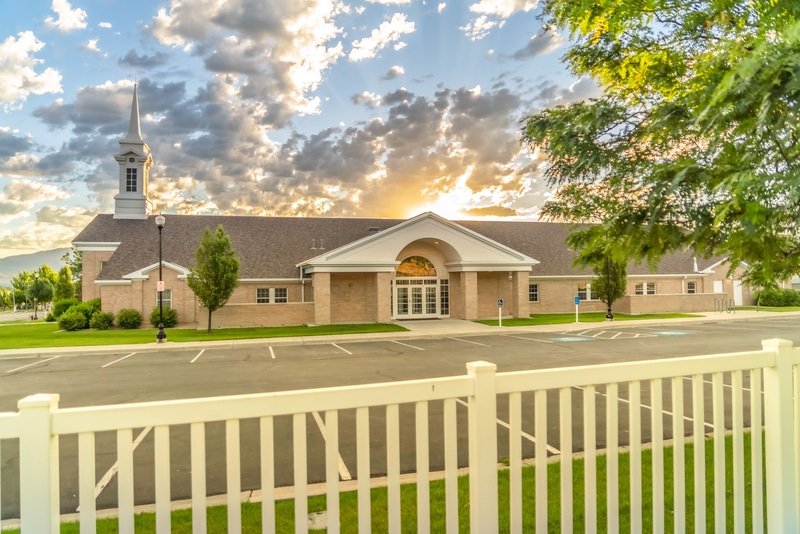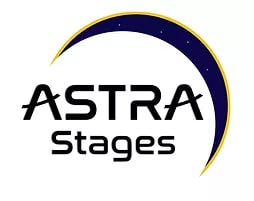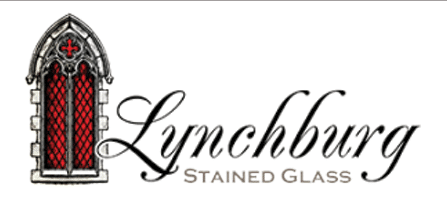By William E. Pike
It’s Friday night. You and your family have tickets to see the latest blockbuster movie at 7:30. First, you need to grab a bite to eat. After driving home, changing clothes, and wrangling the kids into the car, you head to a family-friendly restaurant on the edge of the mall where your theater is located. As you approach, you subconsciously check out the parking lot. It’s full. Really full. That’s when you turn to your spouse and, without bothering to say anything else, ask, “Any other suggestions?”
It’s Sunday morning. Your family is looking for a new church. You’re nervous. You haven’t attended church since you were young; your kids never have. But something is calling you back. A neighbor suggested a thriving church in your neighborhood, so after changing clothes and wrangling the kids into the car you drive there. Again, subconsciously, as you approach, you check out the parking. It’s jam-packed. There’s even a line-up of cars trying to get into the single entrance. Without having to mention anything else, you look over at your spouse and say, “Maybe next week.”
Few things are as vital to your church’s success, yet as easy to overlook, as good parking. Too often, church leadership is so focused on ministry programming, worship experiences, and interior space issues that they forget that without a quick and easy place to park, they are telling the community, “Maybe next week.”
Any plan for church growth simply must include a plan for parking. Parking is the first point of hospitality your church offers to a visitor, and it is a key to continued involvement by your parishioners.
It’s also not as simple as you might think. A good parking lot must take into consideration a host of local and state regulations. It must mesh with utilities and it involves lighting, landscaping, and safety aspects, which must be carefully thought through.
Your church’s parking must utilize multiple entrances/exits to allow for easy traffic flow. It should also allow for safe, convenient drop-off and pick-up points where the lot joins with your church’s main entrances. Regulations for handicapped parking must also be followed, with the goal of making your church accessible and hospitable to visitors of all abilities.
On average each vehicle in your lot brings 2.5 people to your church. So, if your church seats 500 people, you need 200 parking spaces for them. Also, on average, one acre of parking can accommodate 110 to 120 cars, so that same congregation would need nearly two acres of land dedicated to parking.
However, your church also must not settle for adequate parking; you need an excess. You never want your lot to be full; that dissuades visitors and inconveniences all churchgoers.
Thankfully, churches need not make these important design decisions on their own. Any plan for a new or expanded parking lot begins with a design professional, who can help you navigate the process of creating a safe and legal, durable and user-friendly parking situation to serve your ministry.
William E. Pike is the church growth facility planner for Myler Church Building Systems of Crawfordsville, Indiana, a full-service build and design firm that has constructed over 1,100 churches across the eastern United States since 1969, www.myler.com. He is also an ordained minister and pastors a rural United Methodist Church.













